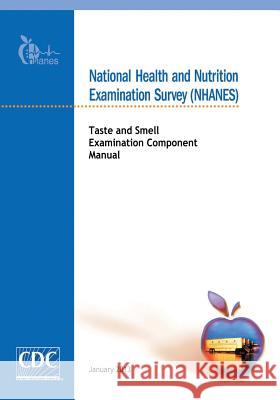National Health and Nutrition Examination Survey (NHANES): Taste and Smell Examination Component Manual » książka
National Health and Nutrition Examination Survey (NHANES): Taste and Smell Examination Component Manual
ISBN-13: 9781499265859 / Angielski / Miękka / 2014 / 102 str.
National Health and Nutrition Examination Survey (NHANES): Taste and Smell Examination Component Manual
ISBN-13: 9781499265859 / Angielski / Miękka / 2014 / 102 str.
(netto: 64,94 VAT: 5%)
Najniższa cena z 30 dni: 68,19
ok. 16-18 dni roboczych
Bez gwarancji dostawy przed świętami
Darmowa dostawa!
The vast majority of people with smell and taste disorders have problems with smell, not taste. Smell plays the most important role in appreciating flavors in eating. Common "tastes" such as chocolate, coffee, strawberry, apple, peach, pizza, steak sauce, and chicken actually reflect smell-mediated sensations: odors from chewing food are released and propelled upwards towards the olfactory receptors via the posterior nasal pharynx. Taste buds, located mainly on the tongue surface, palate, and oropharynx, are primarily responsible for mediating sweet, sour, bitter, salty, and metallic sensations. The roles of the taste system include: (1) triggering digestive reflex systems that alter secretions of saliva, stomach acid, and pancreatic juices; (2) enhancing the feelings of pleasure and satiety when eating; and (3) enabling the determination of the quality of sampled foodstuffs and distinguishing nutrients, which usually taste "good" (e.g., sweet) from potential toxins, which usually taste "bad" (e.g., bitter). Although not usually appreciated, taste dysfunction can alter food choices and patterns of consumption, producing weight loss, malnutrition, and in some cases impaired immunity and even death. In someone who is hypertensive or diabetic, taste loss can lead to a dangerous tendency to overcompensate for the loss of a sense of taste by adding additional salt or sugar to the food.
Zawartość książki może nie spełniać oczekiwań – reklamacje nie obejmują treści, która mogła nie być redakcyjnie ani merytorycznie opracowana.











